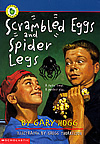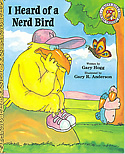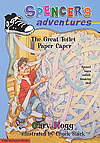A little more than three months into the year, the class has read (drum roll please)...
58,346 minutes!
That is around 19,500 minutes per month!
I'm very proud of the students even if they are a little behind in reaching their goal, but they are a hardy, intelligent bunch. Don't count them out!
They also know that reading isn't about quantity, it IS about quality. The emphasis of our reading conversations at the beginning of the year has been our THINKING. Reading is thinking. These students know that good readers ask lots of questions, make connections to other texts, to their lives, and to world events, talk with other readers about their thinking, compare and contrast characters and events, and they do many other things that help them understand or comprehend the texts that they are reading.
Will you share your thinking with us?
Please tell us what you have thought about something you recently read.
Was there a character you loved or one that aggravated you to no end? Why? Was there something you didn't know or understand - what did you do to help you figure it out? Was there a story that filled you with joy or hope or one that made you feel sad? Is there a book or an author you would recommend? Why?
Please tell us what you have thought about something you recently read.
Was there a character you loved or one that aggravated you to no end? Why? Was there something you didn't know or understand - what did you do to help you figure it out? Was there a story that filled you with joy or hope or one that made you feel sad? Is there a book or an author you would recommend? Why?










































